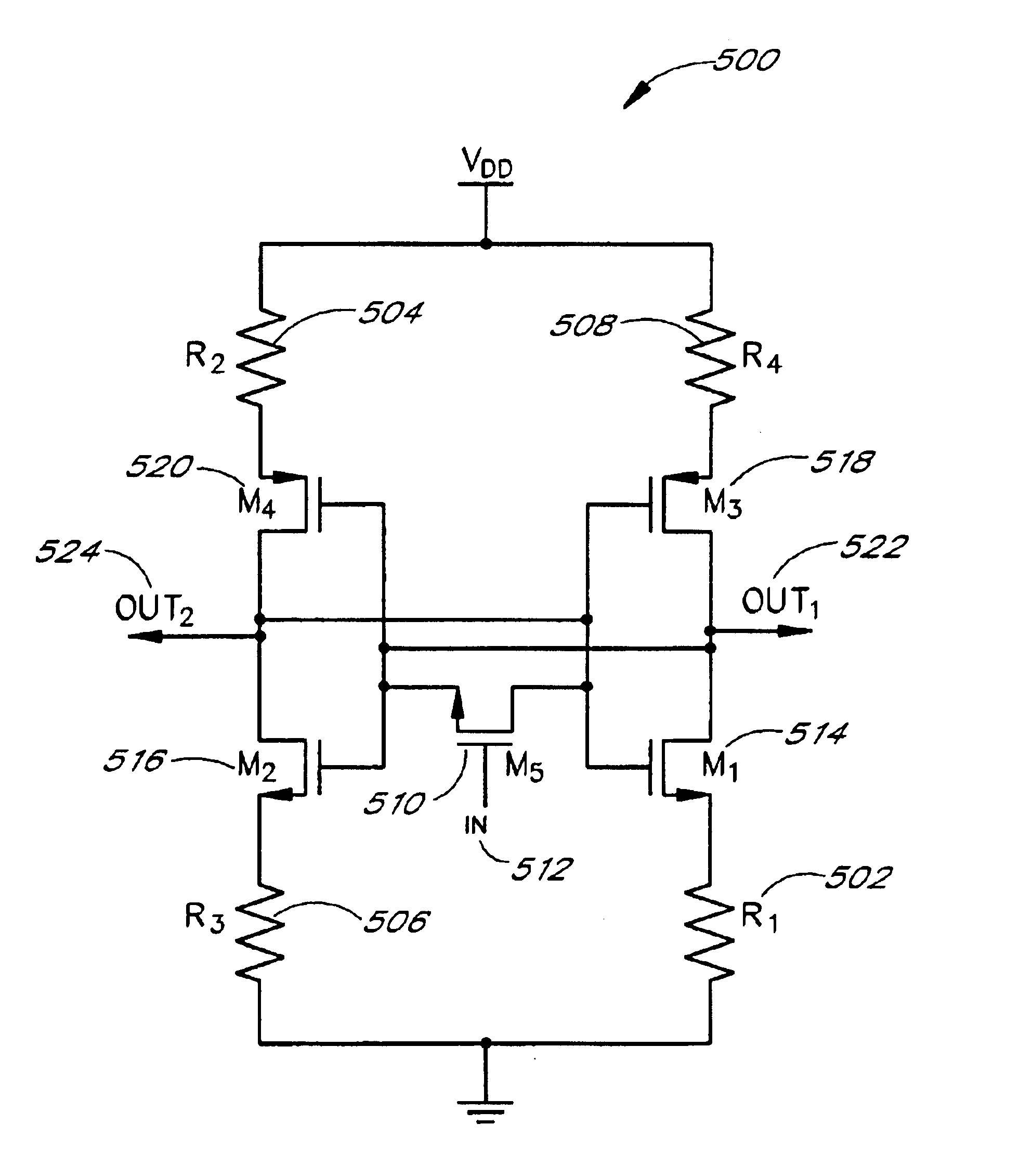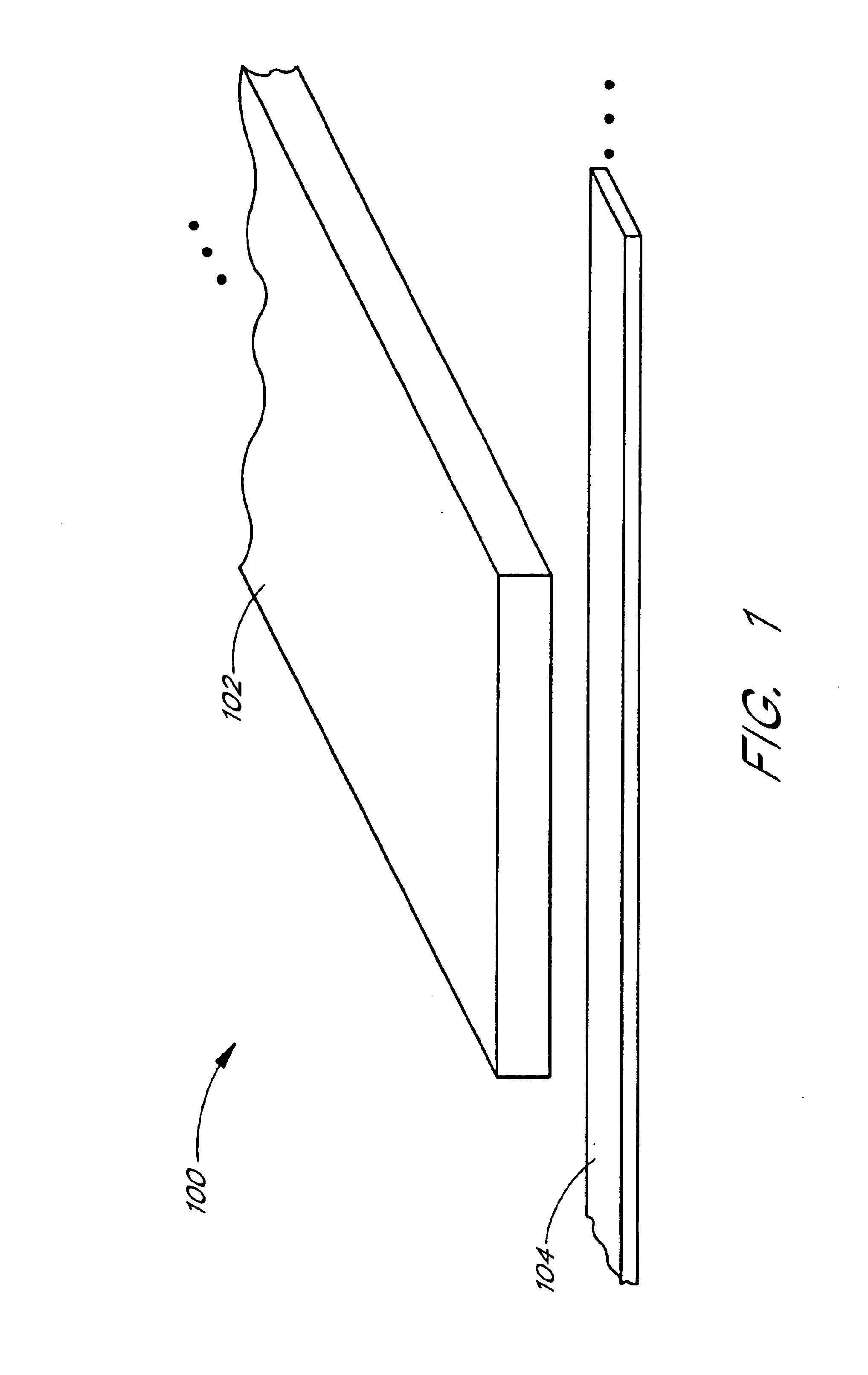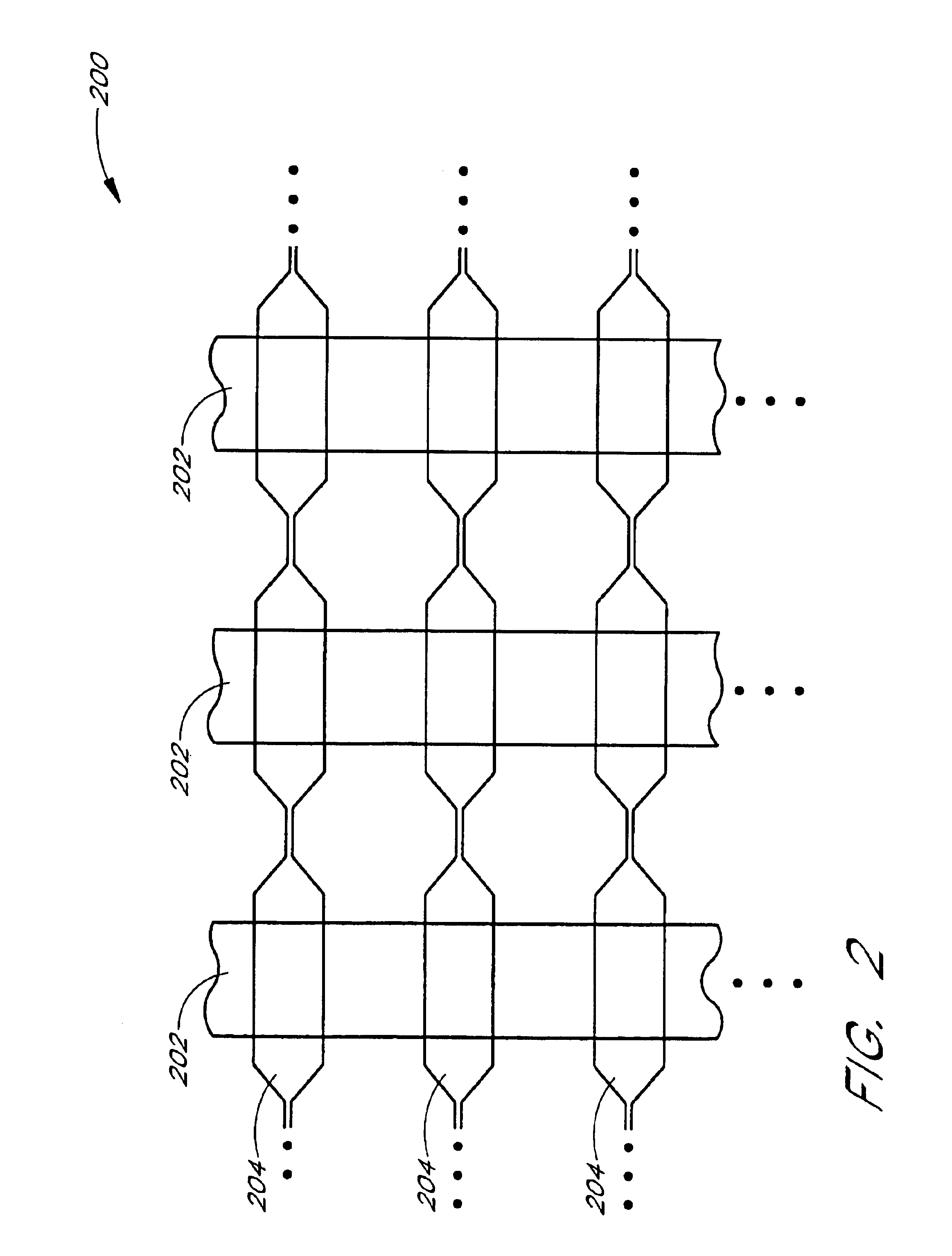Bridge-type magnetic random access memory (MRAM) latch
a random access memory and latch technology, applied in the field of memory technology, can solve the problems of periodic refresh cycles, loss of data encountered, loss of data, etc., and achieve the effects of small resistance difference, reliable detection of logic states, and less manufacturing cos
- Summary
- Abstract
- Description
- Claims
- Application Information
AI Technical Summary
Benefits of technology
Problems solved by technology
Method used
Image
Examples
Embodiment Construction
Although this invention will be described in terms of certain preferred embodiments, other embodiments that are apparent to those of ordinary skill in the art, including embodiments that do not provide all of the benefits and features set forth herein, are also within the scope of this invention. Accordingly, the scope of the invention is defined only by reference to the appended claims.
A magnetoresistive random access memory (MRAM) stores data in magnetic states of its memory cells. The electrical resistance of the cell varies depending on the stored magnetic state of the cell. The stored state of the cell is detected by sensing the difference in resistance.
While illustrated in the context of giant magneto-resistance (GMR) memories, the skilled artisan will appreciate that the principles and advantages described herein are applicable to other types of magnetic memories, such as tunneling magneto-resistance (TMR) MRAMs.
FIG. 1 is a perspective view illustrating a GMR cell 100 in a sp...
PUM
 Login to View More
Login to View More Abstract
Description
Claims
Application Information
 Login to View More
Login to View More - R&D
- Intellectual Property
- Life Sciences
- Materials
- Tech Scout
- Unparalleled Data Quality
- Higher Quality Content
- 60% Fewer Hallucinations
Browse by: Latest US Patents, China's latest patents, Technical Efficacy Thesaurus, Application Domain, Technology Topic, Popular Technical Reports.
© 2025 PatSnap. All rights reserved.Legal|Privacy policy|Modern Slavery Act Transparency Statement|Sitemap|About US| Contact US: help@patsnap.com



